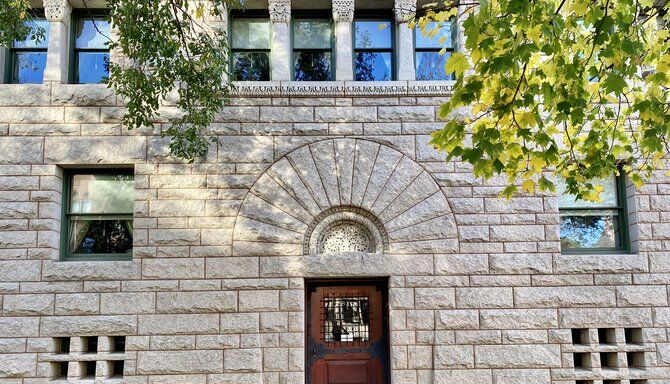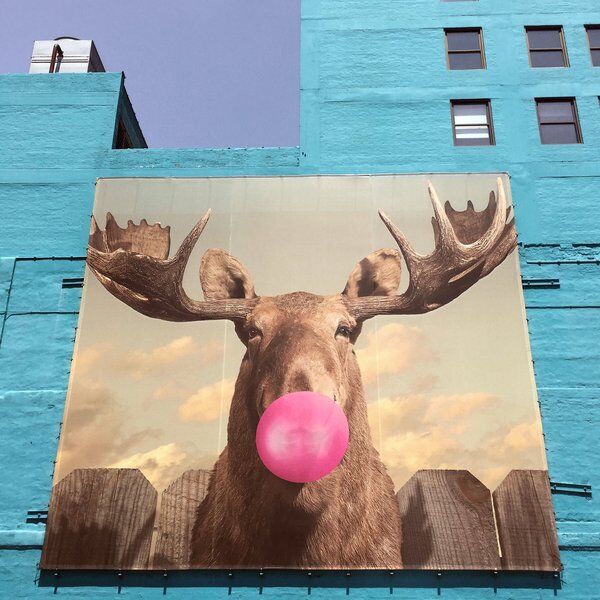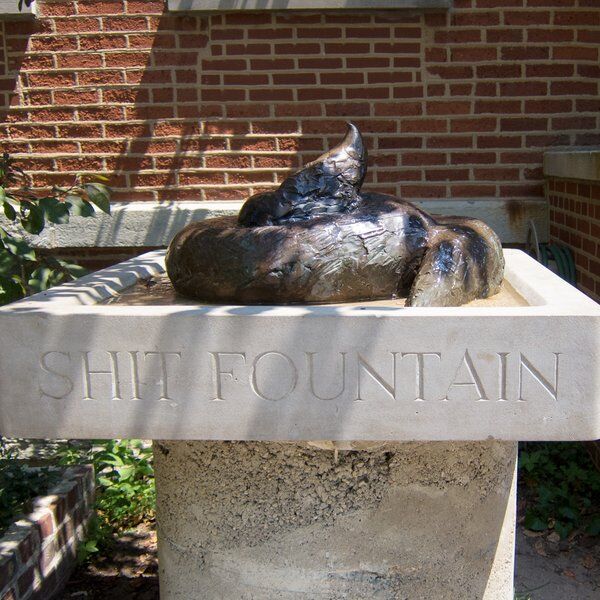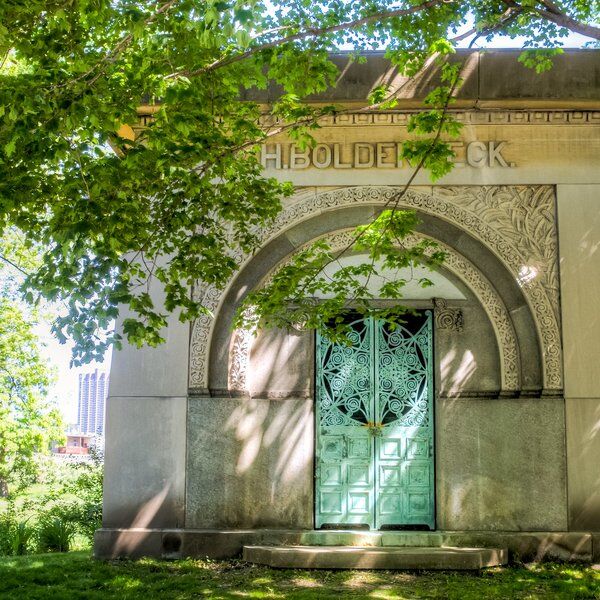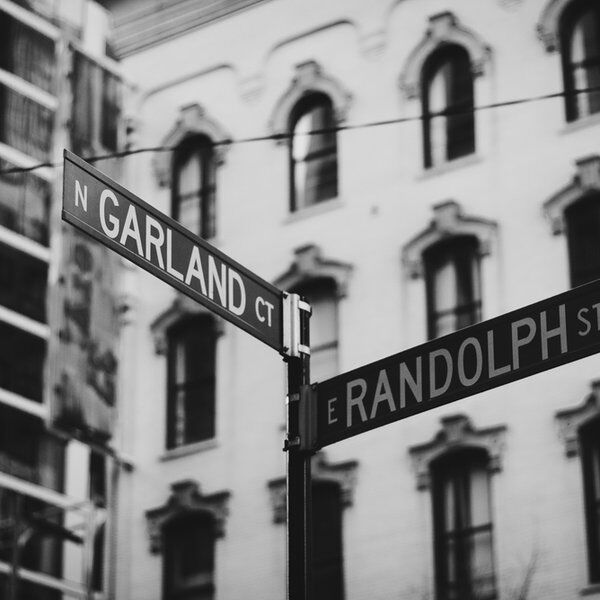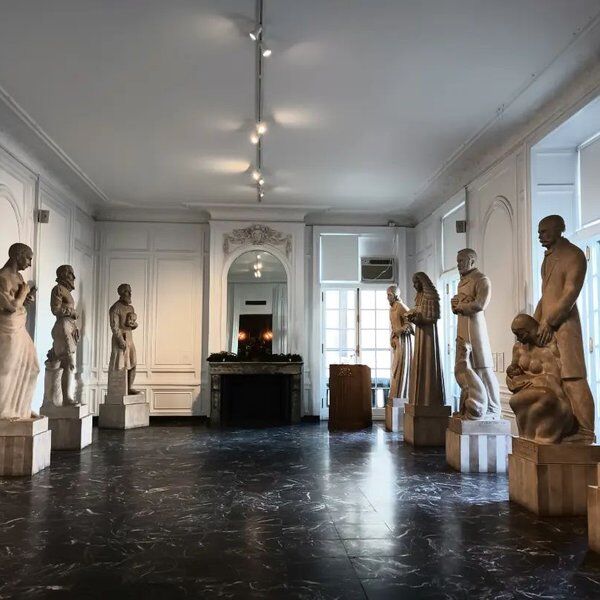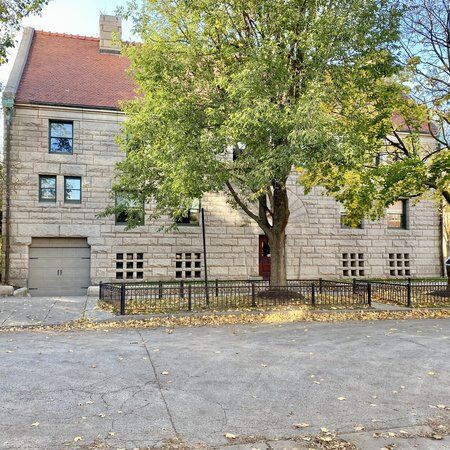
Discover Glessner House
The Glessner House is part of Chicago’s Prairie Avenue Historic District, which was once known as "the Fifth Avenue of the Midwest." In the late 19th century, Prairie Avenue was lined with mansions belonging to some of Chicago’s wealthiest families, including George Pullman, Marshall Field, and Philip Armour. Although many of these grand homes have been lost to time, the Glessner House remains a significant reminder of the neighborhood’s opulence during the Gilded Age.
Built between 1885 and 1887, the home was designed by renowned architect Henry Hobson Richardson and contains several design elements that still inspire today. In the 1970s, the Glessner House was turned into a museum showcasing Chicago’s history and was designated as a National Historic Landmark.

John J. Glessner and the History of Glessner House
The Glessner House was constructed for John J. Glessner, a successful industrialist in the farm machinery business, and his wife, Frances. Glessner’s firm, Warder, Bushnell & Glessner, eventually became part of International Harvester, which was once among the largest corporations in the U.S.
After their marriage in 1870, John and Frances moved to Chicago where they decided to build a family home on Prairie Avenue, a prestigious residential area that was home to many of Chicago’s wealthiest families.
After John Glessner’s death in 1936, the house was briefly owned by the American Institute of Architects, before being transferred to the Armour Institute, now the Illinois Institute of Technology (IIT). For years, the house was used by the Lithographic Technical Foundation, which installed printing presses in several rooms.
The Glessner Family Legacy
The Glessners lived in the home for over 50 years, during which time they became influential patrons of the arts, opening their home up to Chicago’s cultural scene. They helped establish the Chicago Symphony Orchestra, and Frances hosted a Monday Morning Reading Class in the house’s extensive library for over 35 years.
The couple’s appreciation for arts and culture is reflected in their home, which contains original furnishings by prominent Arts and Crafts designers like William Morris and Émile Gallé.
Their daughter, Frances Glessner Lee, is also remembered for her own work. Known as the "mother of forensic science," Frances Lee created the Nutshell Studies of Unexplained Death, a series of dioramas used to train investigators in crime scene analysis. Her work revolutionized forensic science, and today her creations are still used in criminology training programs.
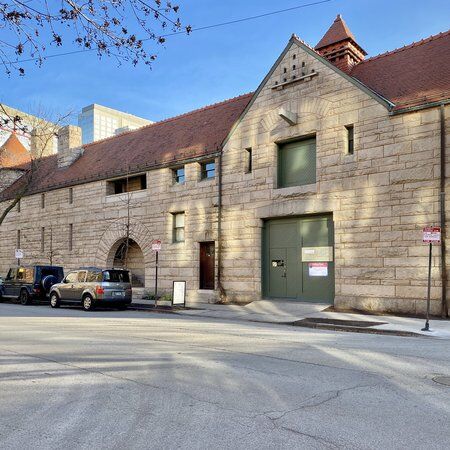
Designing Glessner House: Richardson’s Last Work
One of the most remarkable aspects of the Glessner House is its architect. Henry Hobson Richardson is considered one of the most influential architects of the 19th century, with his signature style known as Richardsonian Romanesque architecture.
The Glessner House is a prime example of this style, featuring heavy stone blocks, rounded arches, and a focus on asymmetry. The home’s design was revolutionary for its time, influencing future architects such as Louis Sullivan, Mies van der Rohe, and Frank Lloyd Wright.
Today Glessner House holds significance in Chicago as one of the few remaining mansions on Prairie Avenue after the decline of the neighborhood in the 20th century. It was also one of Richardson’s last works before his untimely death in 1886.
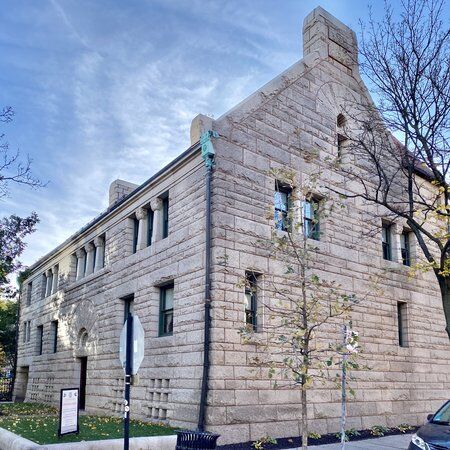
Exterior
Richardson’s work on the Glessner House was a radical departure from the ornate, high-Victorian homes that lined Prairie Avenue during the Gilded Age. Instead of lavish decor on the exterior, the house’s rusticated granite facade, heavy stone detailing around the windows, and Romanesque arches create a formidable and fortress-like feel.
Interior
However, behind the sturdy exterior was a warm, inviting interior filled with natural light, key features requested by the Glessners. Richardson worked closely with the family to create intimate, cozy living spaces, furnished with rich woodwork, brass hardware, and textiles inspired by the English Arts and Crafts movement.
The house is also notable for its functional features, including eleven fireplaces designed to maximize warmth and an insulated service corridor along the north side to block the cold winter winds. The private, south-facing interior courtyard is another key feature, designed to bring abundant sunlight into the house while providing an intimate outdoor space shielded from the city streets.
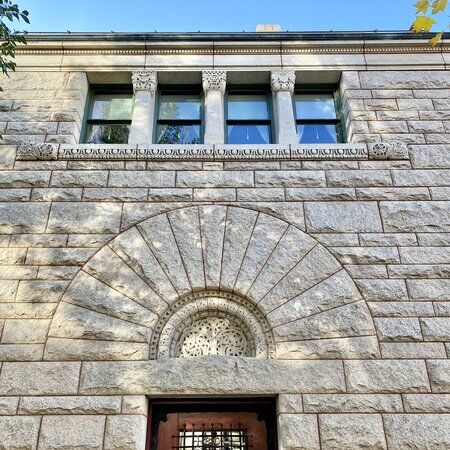
Glessner House Museum
In the 1960s, the house faced the threat of demolition. Fortunately, a group of passionate architects and preservationists, including Philip Johnson and Harry Weese, rallied to save the property. In 1966, they purchased the house for a mere $35,000, paving the way for its restoration.
By 1971, the Glessner House Museum opened its doors to the public. The museum showcases original furnishings, decorative objects, and personal artifacts from the Glessner family, many of which were donated by their descendants. The house has been meticulously restored, with rooms that reflect their original appearance, giving visitors an authentic glimpse into life at the turn of the century.
The museum also hosts a variety of events, tours, and educational programs, ensuring that the legacy of the Glessner House continues to inspire future generations.
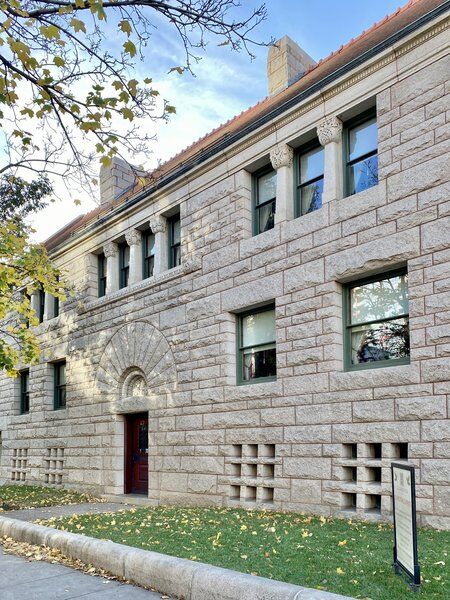
Visiting Glessner House
For those looking to experience the Glessner House firsthand, the museum runs a comprehensive Full House Tour. This 75-minute guided tour covers the house from the coach house to the sunny courtyard and more than sixteen rooms.
As nearly all of the original furnishings and artifacts are in place, visitors can get a vivid sense of life in the late 19th century. From the cozy family quarters to the spacious servant areas, the tour highlights not only the architectural innovation but also the daily life of the Glessner family.
Tours are available on Wednesdays, Fridays, and Saturdays at 11:30 AM, 1:00 PM, and 2:30 PM, beginning in the Visitors Center located in the former coach house. Tickets must be purchased in advance, as self-guided tours are not available.
The museum also offers private tours for groups looking for a more personalized experience. However, it's important to note that the house is not ADA accessible.
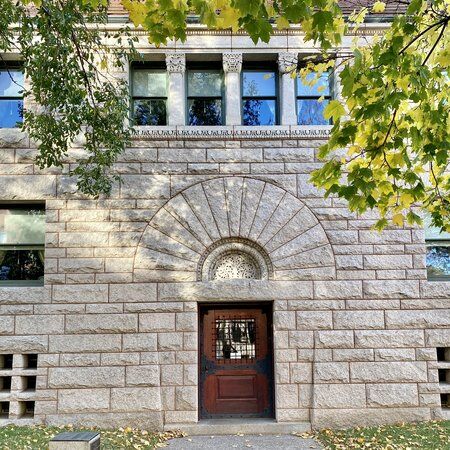
Explore Beyond Glessner House with CityDays
If your visit to Glessner House has sparked your interest into Chicago’s history, consider exploring even more of Chicago with CityDays. We offer scavenger and treasure hunt tours designed for team-building exercises, group outings, or just a fun day of exploration.
Our tours take you beyond the bounds of Glessner House, guiding you through Chicago's historic streets so you can discover other examples of the city’s iconic architecture, as well as lesser-known wonders.
CityDays tours aren't limited to Chicago—our experiences are available globally, offering an exciting way to explore cities like New York, London, and many more.
So, after enjoying Glessner House, why not dive deeper into Chicago's rich history, culture, and hidden treasures?
